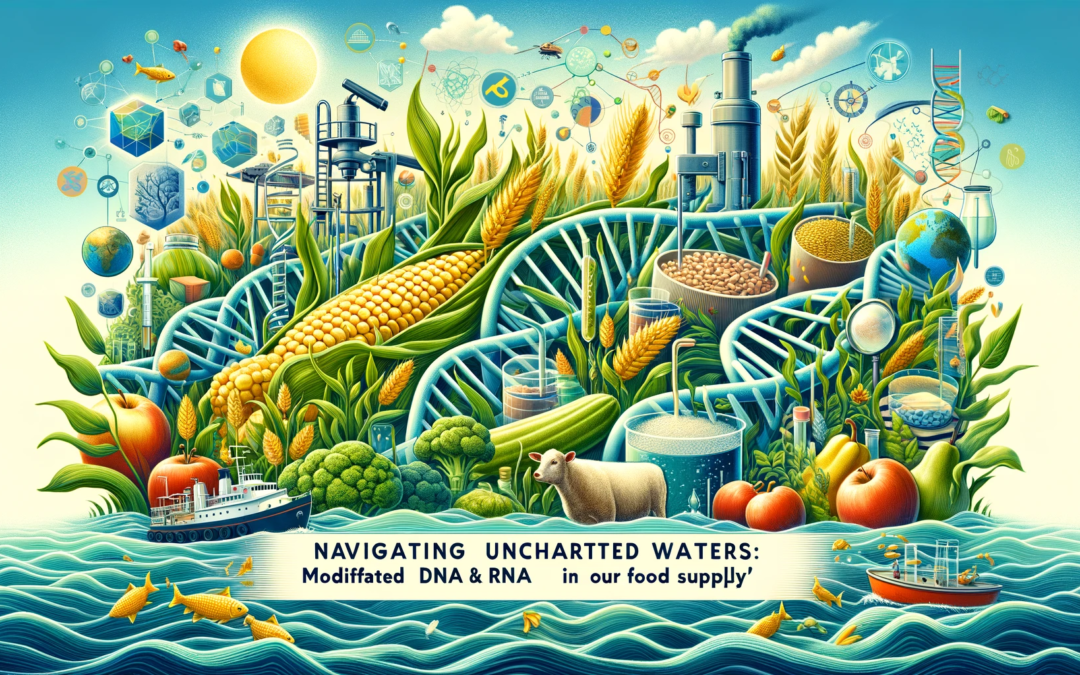The realm of agriculture has been at the forefront of technological and scientific advancements, particularly in the field of biotechnology. One of the most significant breakthroughs in recent times is the introduction of modified DNA and RNA into our food supply, a development that has revolutionized food production and sparked a global conversation about the future of agriculture.
Genetic modification in agriculture isn’t a new concept. It dates back to the 20th century, with the advent of recombinant DNA technology. However, the past few decades have witnessed an unprecedented leap in this domain, marked by rapid evolution and sophisticated techniques. The inception of genetically modified organisms (GMOs) in the 1990s was just the beginning. Today, the science of altering the genetic makeup of crops and livestock has evolved into a more precise and versatile practice, promising to address some of the most pressing challenges faced by the global food system.
This transformation owes much to breakthroughs in genetic engineering, which have opened new possibilities in enhancing crop resilience, nutritional value, and yield. As we delve into this complex and often controversial topic, a historical perspective on genetic modification in food production sets the stage for understanding its current state and future potential.
Section 1: Understanding Genetic Modification:
Genetic modification, at its core, involves altering the genetic material of organisms to achieve desired traits. Recent advances have refined these methods, allowing for more precise and targeted modifications.
Scientific Principles and Techniques:
The fundamental principle behind genetic modification is the deliberate alteration of an organism’s DNA or RNA. Techniques like CRISPR (Clustered Regularly Interspaced Short Palindromic Repeats) have revolutionized this process. CRISPR, a gene-editing tool, enables scientists to modify an organism’s genetic code with unprecedented precision, effectively “editing” out undesirable traits or introducing beneficial ones.
Another key technique is RNA interference (RNAi), which involves the manipulation of an organism’s RNA to control gene expression. This method can silence specific genes, essentially turning off traits that are not desired.
Objectives of Genetic Modifications:
The overarching goal of these modifications is to enhance the agricultural value of crops and livestock. This includes increasing nutritional value, such as biofortifying crops with essential vitamins and minerals, thereby combating nutritional deficiencies in various populations.
Improved resistance to pests and diseases is another critical objective, reducing the need for chemical pesticides and enhancing crop resilience against environmental stressors.
Yield enhancement is a significant focus, especially in the context of a growing global population and shrinking arable land. Genetic modifications aim to increase the productivity of crops, ensuring food security and sustainability.
These advancements in genetic modification represent a paradigm shift in agriculture, offering innovative solutions to longstanding challenges. However, they also come with their set of complexities and debates, particularly around their implications for human health, environmental sustainability, and ethical considerations. As we navigate these uncharted waters, a deep understanding of the science and objectives behind genetically modifying DNA and RNA in our food supply is crucial for informed discussions and decision-making.










